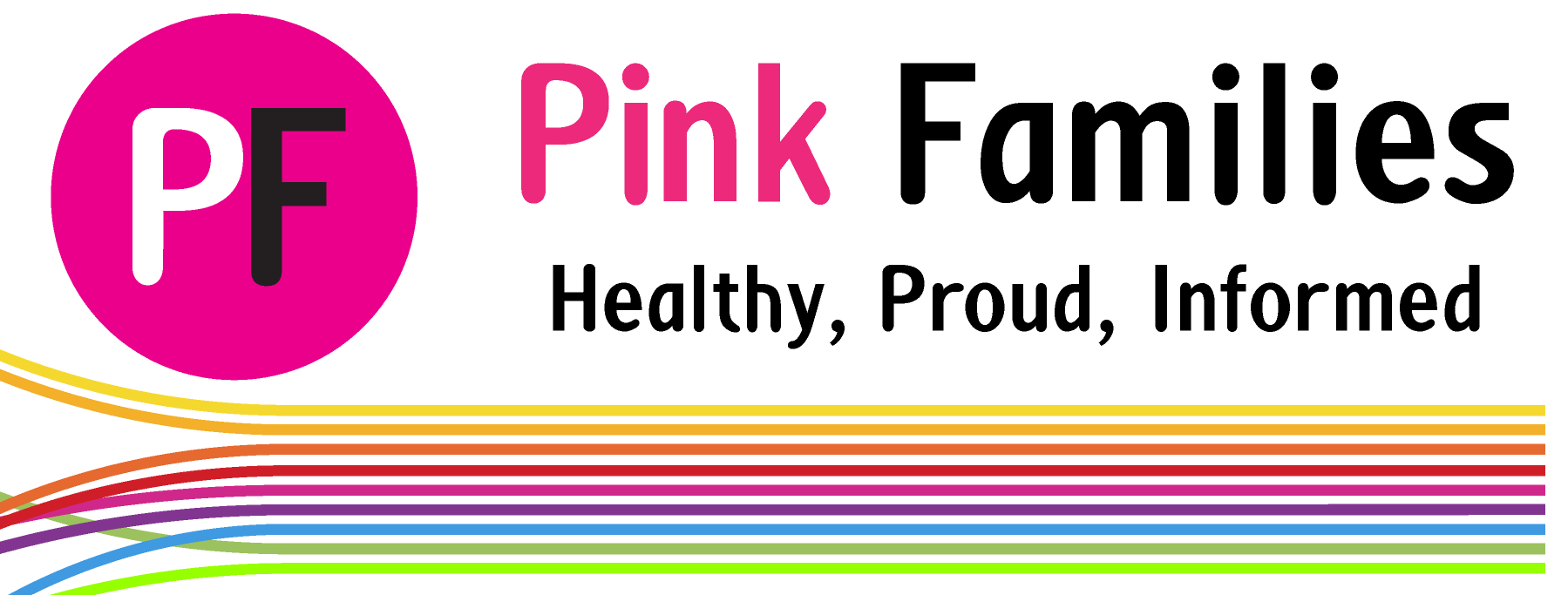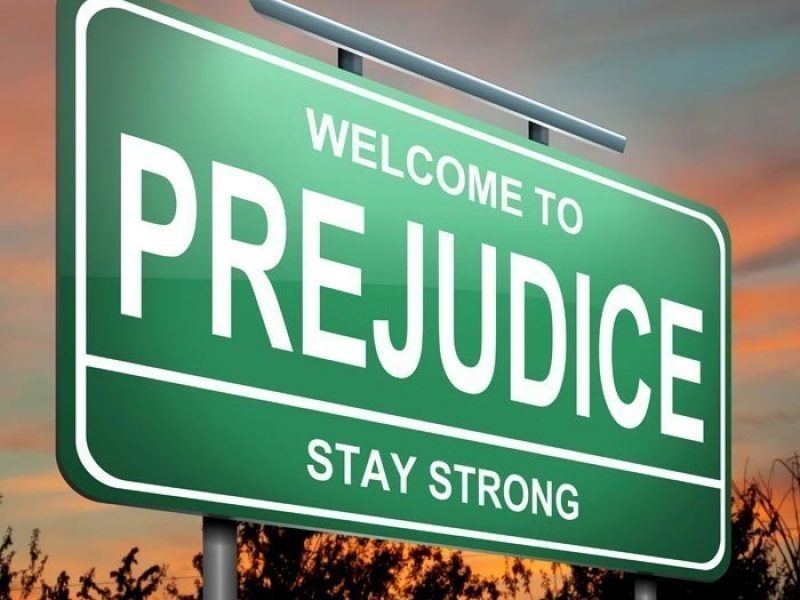Institutional discrimination
Institutional discrimination is where discrimination operates at a structural level. Institutional discrimination exists within the structures, processes and procedures of an organization, an agency or service.
It exists either because the organization has failed to consider the needs of LGBTI individuals and families when setting up these systems or because the organization is prejudiced against LGBTI individuals and families.
What can I do about institutional discrimination?
On an individual level, institutional discrimination may be difficult to address as it involves a cultural change of the organization and systems-level change. However a number of strategies may help. Here are four strategies to help address institutional discrimination:
- Understand the history of how the structures, processes and procedures of the organization came into being. This will help you work out why the structure, process or procedure is the way it is. This knowledge can then be used to work out the factors that supported the creation of the structure, process or procedure. Working this out can help you identify the gaps or weak points associated with the structure, process or procedure. You can then highlight what needs to change.
- Work out who else is negatively impacted upon by the structure, process or procedure. Finding this out can help you connect with others that may work with you to change the situation. You probably aren’t the only person negatively affected by the institutional discrimination.
- Provide positive solutions to help improve the structure, procedure or process. Providing positive solutions may assist those within the organization in accepting some of the changes that you are requesting. They may be less threatened if you show that you want to work with them to improve their organization.
- Outline the risks to the organization that exist because of the structure, process or procedures that are in place.This will help the organization see why the situation needs to change.
Working with others for change
People working in health care are usually people that wish to help others. They usually want to be part of the solution and they genuinely wish to improve the health of those around them. There are many health care workers that are LGBTI.
However, the majority of health care professionals probably don’t identify as LGBTI, and most have probably worked with many more heterosexual individuals and families as compared to non-heterosexual individuals and families.
This means that they may not mean to be insensitive to the needs of LGBTI individuals and families, but rather they are yet to develop the skills, knowledge and awareness required to deliver health care services that are truly responsive to LGBTI individuals and families.


